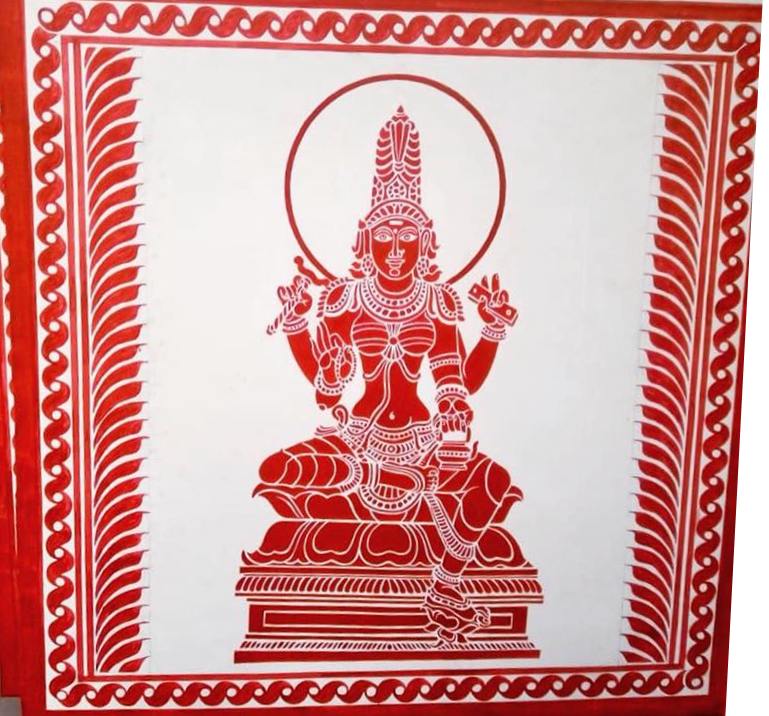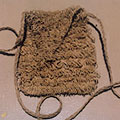
Architectural, Interior Crafts, Arts, Painting, Domestic Arts/Crafts
Kavi Kala of Konkan Coast, India
Kavi Kale is an indigenous architectural ornamentation technique from the Konkan Coast in India. It involves creating elaborate murals and motifs inspired by the folklore of Dravidian culture on architectural surfaces that have been previously finished with lime plaster and a red oxide layer. The term “kavi” refers to red oxide and “kale” means art form. This technique was widely used in Hindu temples and other religious structures, as well as in domestic architecture, to decorate walls and ceilings. Despite being neglected for many years, Kavi Kale has seen a revival in recent times and is considered an important part of the cultural heritage of the Konkan Coast.
Process:
- Preparation of surface: The surface to be decorated is first finished with a layer of lime plaster and then a layer of red oxide is applied on top of it.
- Mixing the mud: A mixture of red mud, jaggery, sand, and seashells is prepared and left to ferment for over two weeks.
- Hand-pounding the mixture: The mixture is then hand-pounded to create a smooth and consistent texture.
- Applying the mixture: The mixture is then applied to the surface, typically in several coats, to create a uniform layer.
- Etching the designs: Once the mixture has dried, a sharp instrument is used to etch the designs into the surface, revealing the white lime underneath.
- Finishing touches: Additional coats of red mud may be applied to enhance the depth and color of the designs.
The resulting Kavi Kale designs are intricate and vibrant, reflecting the unique folklore and culture of the Konkan Coast. The use of natural materials and the hand-made process give each piece a unique and personal touch.
Gallery
YOUR VIEWS
PRACTITIONERS: INDIA
Access 70,000+ practitioners in 2500+ crafts across India.
BIBLIOGRAPHY
10,000+ listings on arts, crafts, design, heritage, culture etc.
GLOSSARY
Rich and often unfamiliar vocabulary of crafts and textiles.
SHOP at India InCH
Needs to be written.





